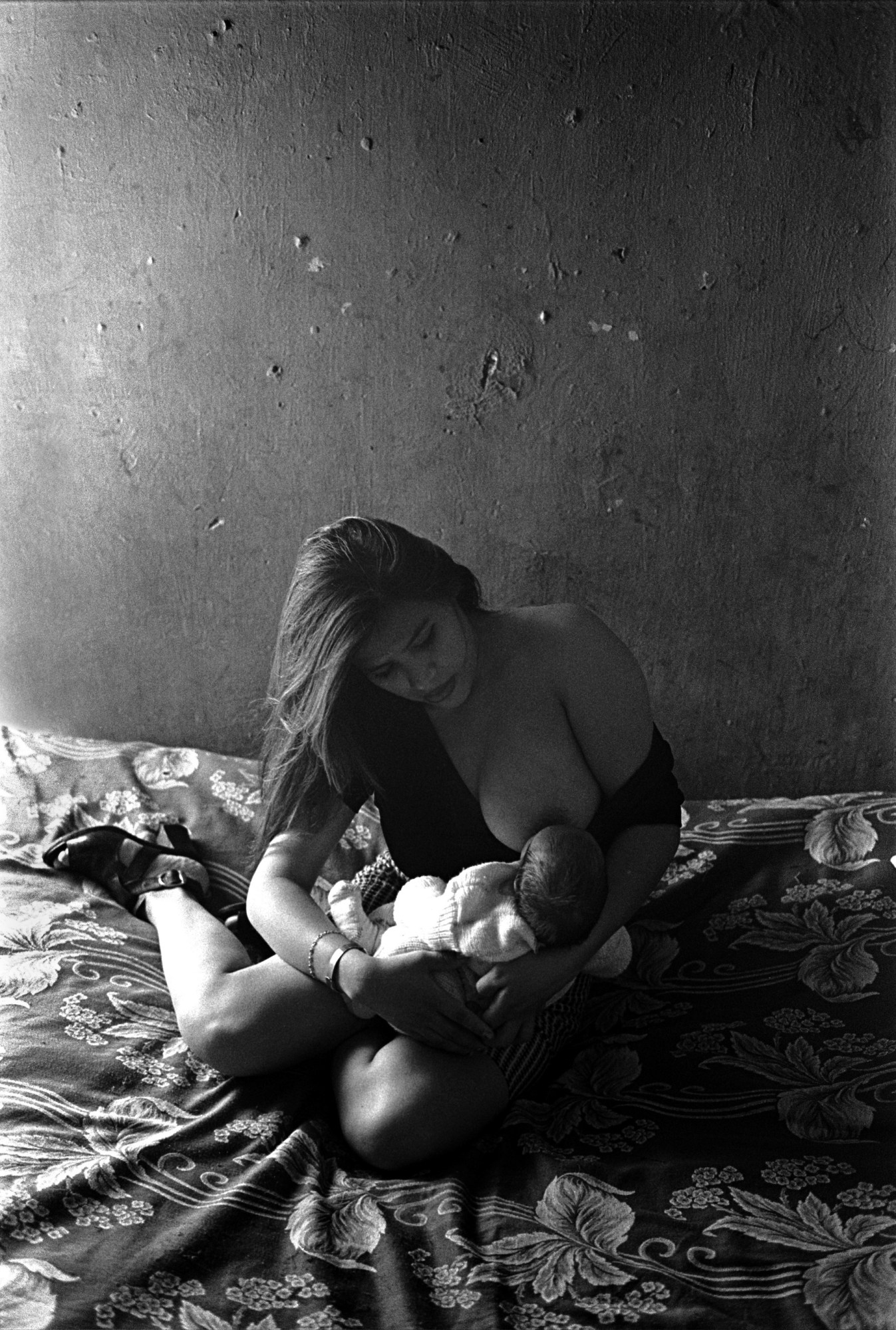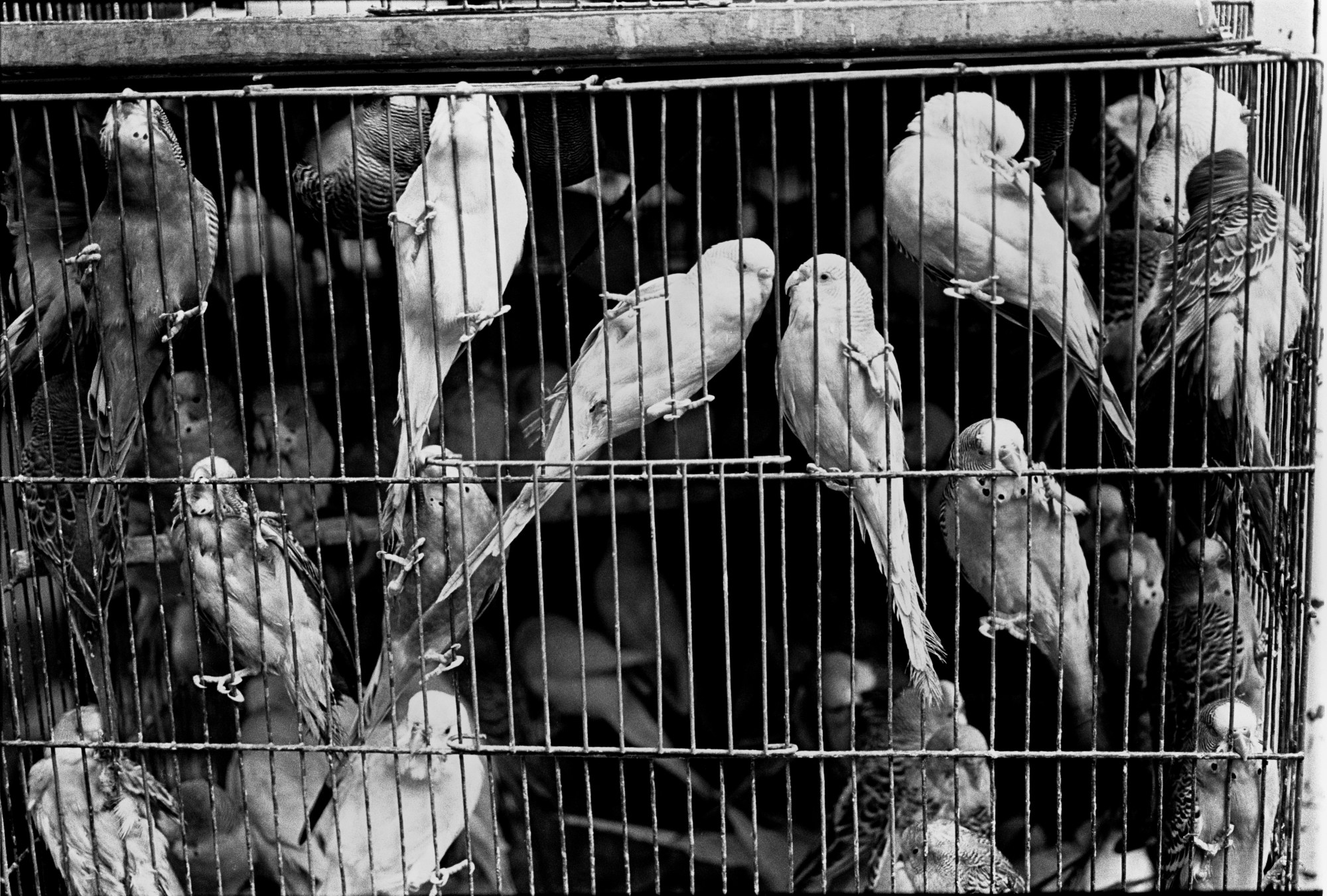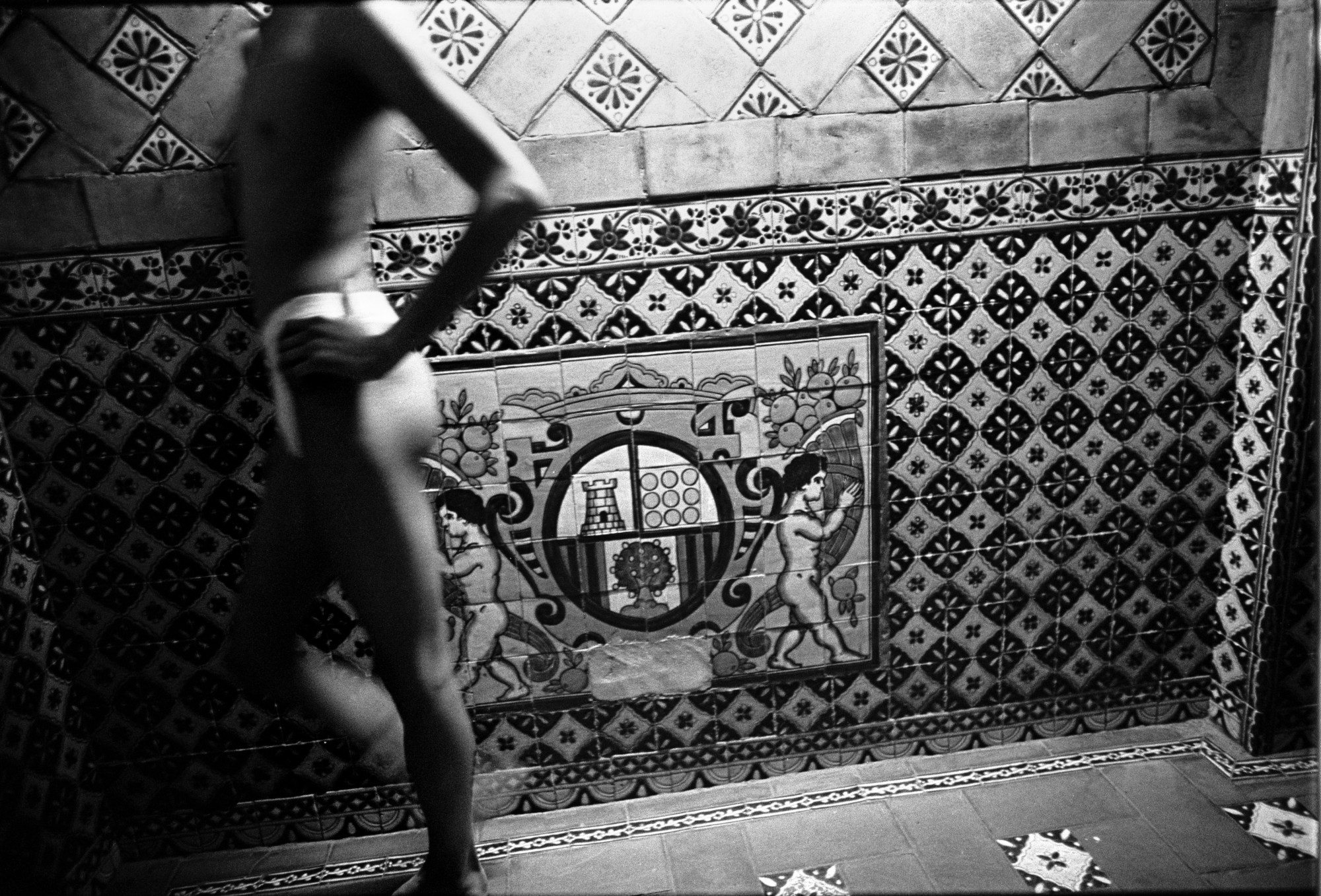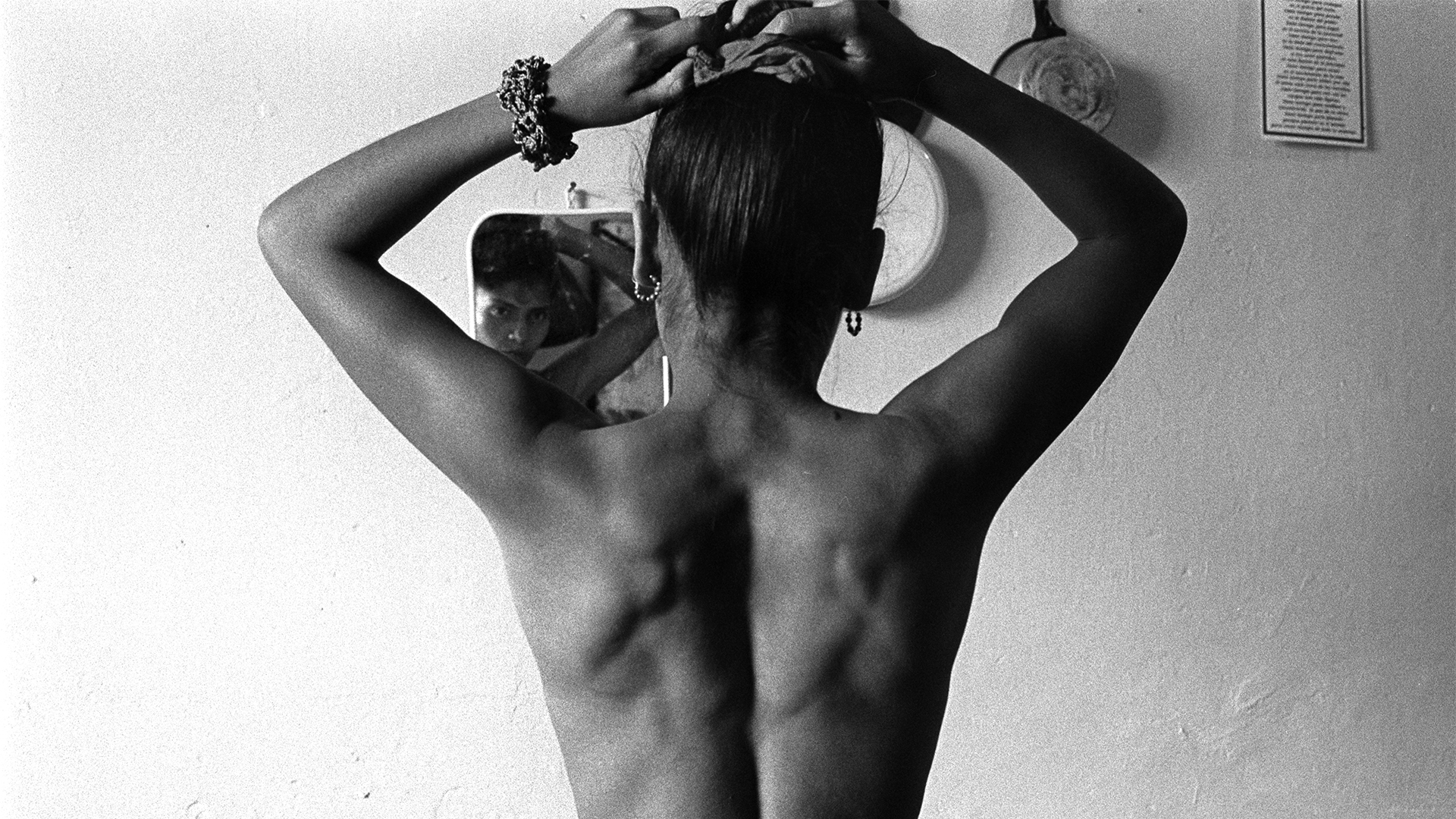“I was just a witness. I had no agenda. I wanted to hear what their lives were like and why they were out there,” says Joseph Rodriguez on the phone from Los Angeles, California, about the sex workers in his photo series, Flesh Life: Sex in Mexico City. A retrospective of his work from his time in the Mexican capital in the late 90s, which is also published in a book of the same name, will be on display at Galerie Bene Taschen in Cologne, Germany this spring.
A self-described humanist and born-and-bred New Yorker, Joseph was no stranger to street photography, having documented what he saw from the windows of his cab as a taxi driver in the city for decades. While in Mexico City on assignment for another project, exploring the sprawling metropolis with his writer friend Ruben Martinez, they noticed a circle of men and sex workers lingering by an alley door and had an urge to photograph what was happening. “All these different types of Mexican women in their lingerie and high heels tapped the men to get their attention and, if he liked you, they’d go inside,” Joseph explains. Mesmerised by the local sex work community and their culture, the idea came along to document the individuals within it.
Taking his camera to the La Merced district of Mexico City was risky, the neighborhood just as well known for crime and prostitution, as its famous market. One travel website listed it as a place “to avoid to stay safe in Mexico City” and he remembers hearing about a New York Times photographer who only dared capture the area from a helicopter with a 200 millimeter lens. Nonetheless, Joseph’s experience with strangers in his taxi cab in New York prepared him for any uncertainties and Joseph and Ruben looked to get an intimate insight into the lives of the sex workers by pursuing conversations with them. “My approach was to get to know the subjects and see how we can get closer,” he says. “We would buy food and we did not go in like we were gonna take [photos]. We were interested in families and sat down to get to know people,” he adds.
“I met this woman in her 60s whom I interviewed and I asked her about her family. She’s the woman who’s breastfeeding her child [in this photo series] and her other daughter is a sex worker. That’s a hotel room and she’s waiting for customers in the hallway. So I’m interviewing the mom and she tells me, ‘I supported my son’s education to become a lawyer,’ and that just made me almost sit down in my chair. This is about survival,” Joseph says. He saw firsthand how sex work passed from one generation to the next, especially for those with limited options. He recalls one sex worker stating her only ways to make money were to “sell bubble gum on the street, blow fire through my mouth or sell my body.”

But Joseph also noticed a pride to the work. “There is a culture of ownership in doing sex work amongst the women there, like the Red Light District in Amsterdam,” Joseph shares. “You have to get a license and be tested for any diseases you may or may not have. These women are called sexoservidoras (sex servants). In Latin America, the term is not necessarily disrespectful, some of the women call themselves that. Some things are not meant to be translated in a way that the white world would understand,” he adds.
From Joseph’s interactions with these sex workers over time, he formed deep connections beyond what the casual observer could see. In his black-and-white images, he captured literal and figurative close ups and spoke with a range of sex workers which included women over the age of 50, trans sex workers and male prostitutes, the conversations ranging from poignant to light-hearted. “The gay sex workers were much easier to know since Ruben knew a few of them so we got friendly and went to parties and went out with them.” He adds, “The trans sex workers were very sensual and they loved to be photographed.”

In socialising and forming a bond with the sex workers, an awkward but inevitable question comes to mind: did he personally hire any of the sex workers who appeared in his photos for their services? Thankfully, in his stream-of-consciousness way of speaking, Joseph provides an answer before the question is even asked. “Back then, I wasn’t a bad looking guy, and they [the gay and trans sex workers] were like, ‘papi this and papi that.’ Those relationships were very open but I didn’t do anything sexual. Let me be clear with that,” he confesses. The only person from the community he gave money to was one who acted as a translator and liaison between himself and other sex workers.
Indeed, Joseph says he approached lensing the local sex workers with permission, trust and respect: trademarks of his approach to photography throughout his career. These amicable relationships with his subjects, along with stepping back from what was happening in front of him to be “invisible”, especially during certain acts of intimacy, allowed for surprising aspects of the community to come forward. For example, the way spirituality is innately entwined within the city’s culture, as shown in a photo of a customer and a sex worker lying in bed under a towering portrait of Jesus. In their personal spaces, Joseph also recalls seeing altars and the omnipresent image of The Virgin of Guadalupe. “Time allows trust and when we’ve got trust, I take it sacredly. I do my portraits and then stick around a little longer to hear your narrative. I’m there to show all of you, not just one side of you,” Joseph shares. “I just asked them, ‘how do you want to see yourself?’”
‘Flesh Life: Sex in Mexico City’ by Joseph Rodriguez runs from 27 April to 10 June 2023 at Galerie Bene Taschen in Cologne, Germany.



Credits
All images © Joseph Rodriguez, courtesy of Galerie Bene Taschen

